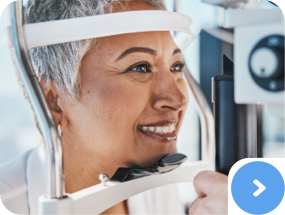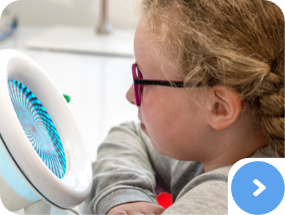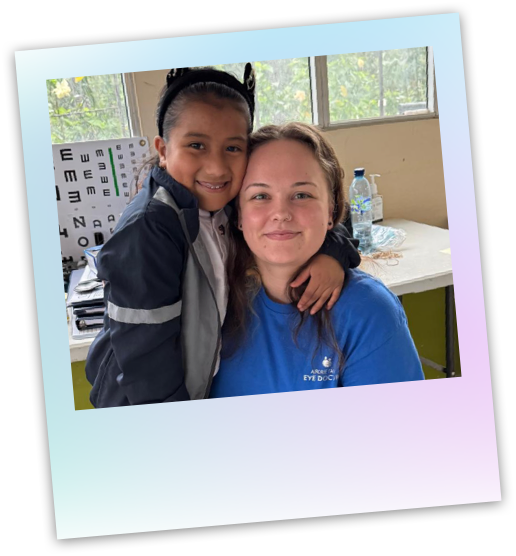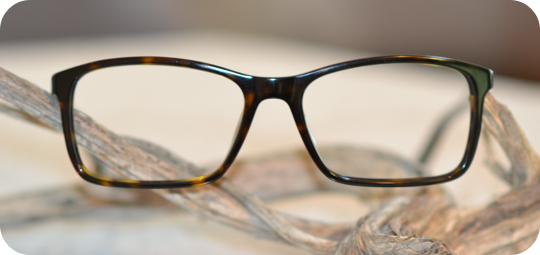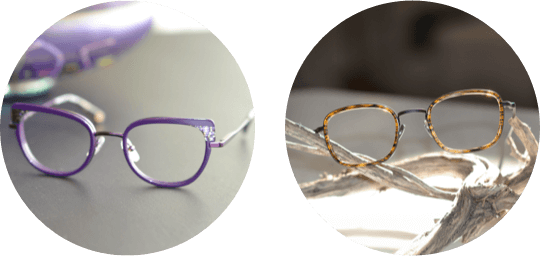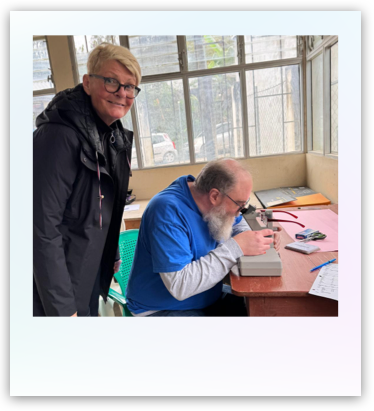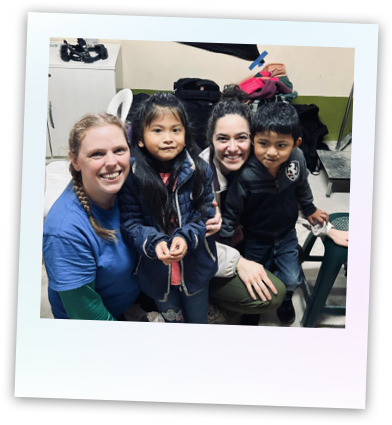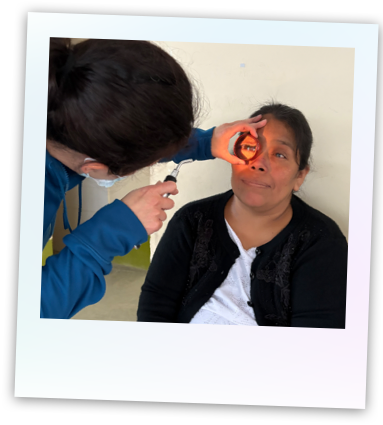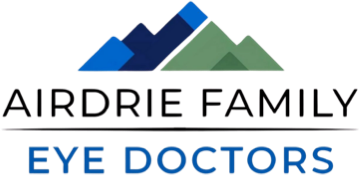Parents and caregivers want their kids to see at their very best—not only for learning, but also for their overall quality of life. That’s why it helps to understand eye conditions that typically begin in childhood, such as amblyopia and strabismus.
While they both have fancy names, you may have heard of these conditions before as “lazy eye” and “crossed eyes.” Amblyopia (“lazy eye”) is when the brain favours one eye, leading to weak vision in the other. Strabismus (“eye turn”) is when the eyes don’t point in the same direction. Early diagnosis and intervention, such as vision therapy, can effectively treat these conditions. That’s why childhood eye exams are so important.
What Is Amblyopia (“Lazy Eye”)?
Amblyopia is a condition where vision in one (or sometimes both) eyes doesn’t develop properly. Because one eye is weaker, the brain favours the stronger eye, resulting in poor vision in the affected one.
Around 2.4% of people in North America experience amblyopia. It usually develops before a child turns 7.
Causes
The most common causes of amblyopia are untreated and unbalanced refractive errors). If a child has very different prescription powers in each eye (eg. one eye is very near-sighted but the other is not), and this isn’t treated by an appropriate prescription, one eye may end up weaker than the other.
Amblyopia can also be caused by congenital cataracts, trauma to the cornea, and corneal dystrophy.
Symptoms
Amblyopia can be tricky to spot. Children might not notice that there’s something wrong unless their strong eye is covered. That’s why it’s so important for kids to get their eyes checked by an optometrist.
If you do notice symptoms, amblyopia can show up with:
- Eye turns
- A persistent head tilt
- Squinting or closing one eye
- Preferring one side of the body or frequently bumping into things on one side
Treatment Options
As a child grows, amblyopia becomes progressively harder to treat. Untreated amblyopia can cause permanent vision loss.
Treatment options may include:
- Eyeglasses: If the root cause of amblyopia is a refractive error, prescription eyeglasses are used as a treatment.
- Prism lenses: These lenses help align visual input from both eyes, helping to reduce eye strain and improve binocular vision, and encourage use of the weaker eye.
- Vision therapy: Therapies like anti-suppression training and perceptual learning may also help.
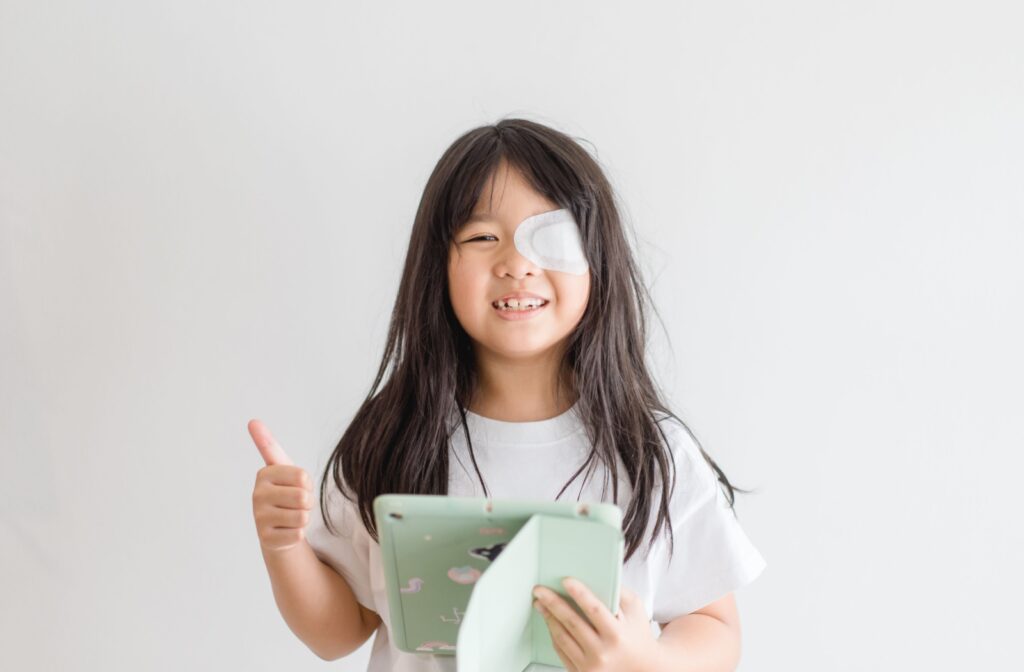
What Is Strabismus?
In strabismus, the eyes are misaligned. One eye may turn in, out, up, or down while the other focuses correctly. If your child is cross-eyed, they’re not alone! According to the Canadian Association of Optometrists, about 5% of all kids have some form of strabismus.
Causes
Strabismus happens because the eye muscles don’t coordinate properly. There may be a problem with how the brain controls the eyes. There is a strong genetic component too; around 30% of children affected by strabismus have a family member who is also affected. Sometimes, strabismus happens after injury or disease.
Symptoms
Strabismus should be noticeable by the time a child is 3 years old. Sometimes, babies experience pseudostrabismus, where their eyes look turned but aren’t. Babies should be able to focus on objects by the time they’re 3 to 4 months old.
Symptoms of strabismus include:
- Seeing double
- Head tilting
- Closing one eye to look at things
- Headaches and eye strain
If an older child or adult suddenly gets an eye turn, get help right away. There may be a more serious neurological disorder at play, especially if the crossed eyes come with double vision.
Treatment Options
It’s important to understand that kids can’t outgrow strabismus. Left untreated, strabismus will get worse. Treatment options for strabismus include:
- Glasses and lenses: Options may include single vision, bifocal, and prism lenses.
- Vision therapy: Eye exercises can be effective for some subtypes of strabismus.
The Connection Between Amblyopia & Strabismus
Amblyopia and strabismus are different conditions, but they have some similarities. For one, they’re often found in children during their first few eye exams. They’re also connected. Strabismus can lead to amblyopia if the brain starts favouring one eye to avoid double vision.
Importance of Eye Exams for Children
According to the Canadian Association of Optometrists, infants should have their first eye exam at 6 to 9 months. From ages 2–19, we recommend a yearly eye exam.
Regular comprehensive eye exams do more than measure eyesight. Optometrists can spot problems with overall health, including diabetes, hypertension, and neurological issues. Moreover, many serious eye conditions develop with few or no outward signs, but eye exams can catch issues like amblyopia and strabismus early, when they’re most treatable.
Our team at Airdrie Family Eye Doctors understands that eye exams can be intimidating for children. We strive to offer a kid-friendly environment, with plenty of toys, books, and games in the waiting room, friendly staff members, and stylish frames to choose from. We’d love to get to know you, so contact us to book an appointment today.



